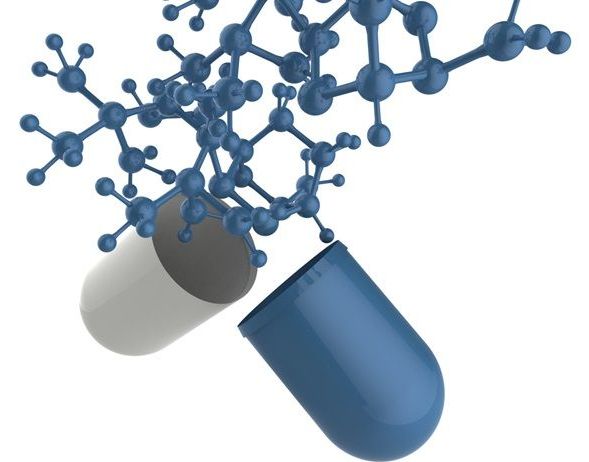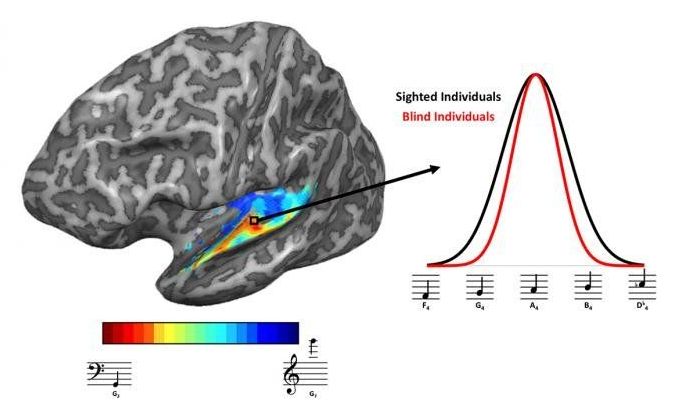Apr 25, 2019
Tesla has achieved one of its biggest goals
Posted by Shailesh Prasad in categories: sustainability, transportation
Tesla has begun delivering the $35,000, base-priced version of its Model 3 sedan, three customers have told Business Insider. Electrek first reported on April 15 that Tesla had started delivering the $35,000 Model 3, known as the standard-range trim.
The beginning of standard-range Model 3 deliveries is a landmark for Tesla, but the electric-car maker has been unusually quiet about it. While Tesla posted on its website and social media accounts when it began allowing customers to order the standard-range trim in February, the company has only made reference to the beginning of deliveries near the bottom of an April 11 blog post about an update to its product offerings.


















